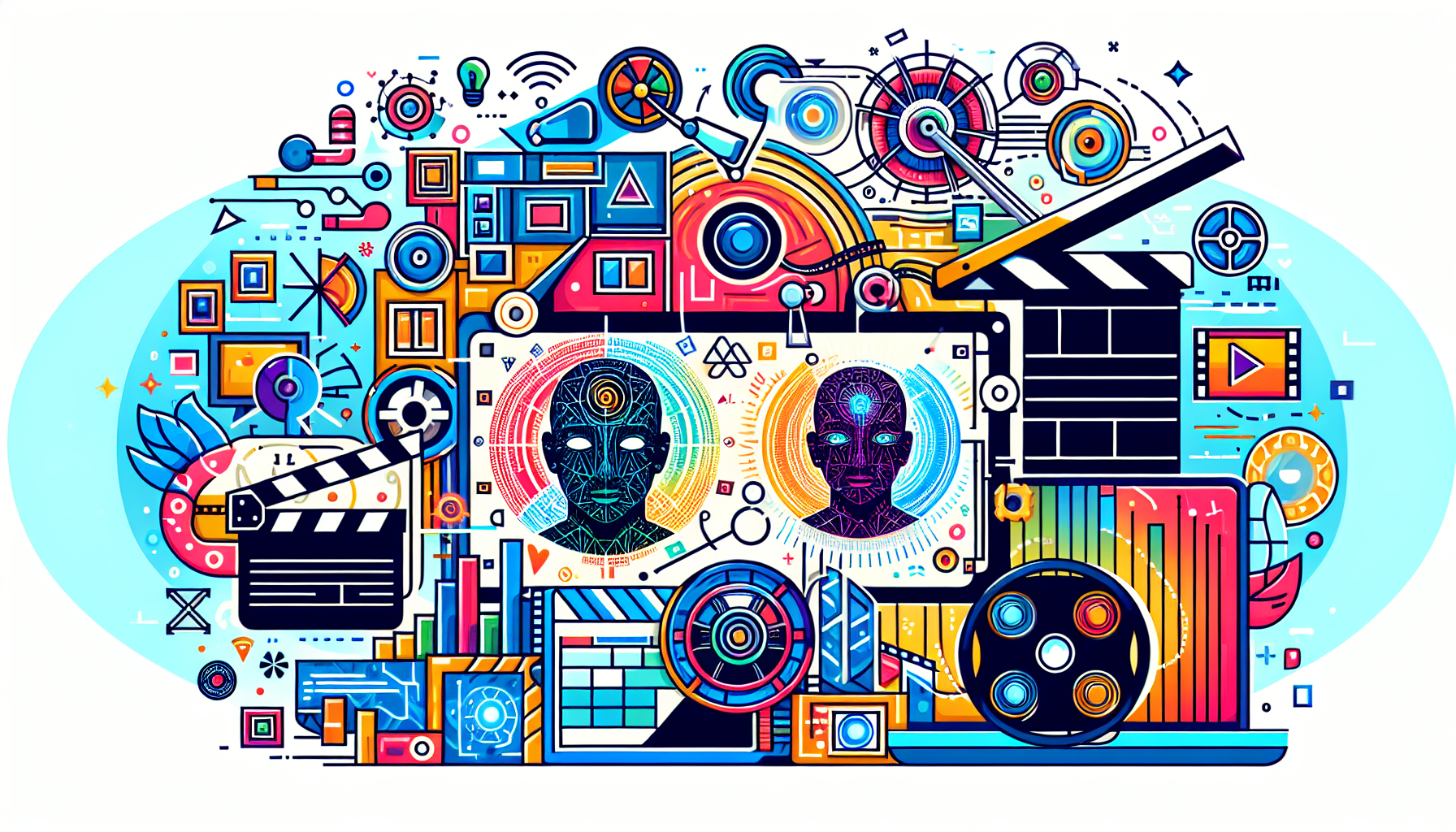
The Dawn of AI in Filmmaking
Welcome to the futuristic, glittering world of Hollywood, where directors wear VR goggles, robot assistants hold boom mics, and AI storyboards reenact scenes better than some actors. In this thrilling (and somewhat surreal) landscape, Lionsgate has boldly gone where no studio has gone before by partnering with AI company Runway. This dynamic duo aims to reinvent storyboarding and bring an avalanche of automation to the cinematic scramble for fresh, outlandish visuals.
A Speedy Revolution
Gone are the days of painstakingly hand-drawn sketches and endless hours of coffee-fueled illustration marathons. You see, with AI nestled comfortably in the director’s chair, storyboarding is racing through unknown territory at lightning speed. It gives a new meaning to the saying, Time is money. Faster than you can say Action! filmmakers are visualizing scenes that leap from script to screen, saving money and sanity one pixel at a time.
Creative maestros rejoice! This AI assistance not only slashes labor costs with the finesse of a seasoned editor but also injects a jolt of creativity reminiscent of a triple espresso. With AI offering new perspectives a human may overlook, the creative process is like an all-you-can-eat buffet of imaginative possibilities.
Beyond the Cutting Room Floor
The partnership between these Hollywood masterminds doesn’t just stop at pre-production. No, this romance between studios and AI teases the potential for a marvelous tour de force, touching every crevice of post-production, special effects, and perhaps even reaching an era where your Netflix queue is populated by your very own cinematic Frankenstein: an AI-generated movie catered just for you.
On the other side of the lens, some iconic voices express concerns that these machines may eventually send human creatives packing. However, the industry hangs on to optimism like a relentless groupie, with moguls like former 20th Century Fox CEO Jim Gianopulos enunciating the transformative benefits of AI in aspects from pre-visualisation to language accessibility.
Finding a Balance
Our current technological revelry is not unlike those film historians (like Tomas Elliott) encountered when they first gasped at sound in movies or marveled at CGI. Much like these landmark moments, the industry now faces the challenge of melding human creativity with algorithmic acumen. Here, the golden snitch is to sculpt a universe where AI plays the trusty sidekick to the human creative genius.
Amidst it all, ethical concerns swirl like a whirlpool, raising eyebrows about workforce implications and the potential loss of the ‘human touch.’ As celluloid evolves into ones and zeros, we stand at the threshold of a bold, dynamic era, witnessing the unlikely marriage of heart and machine, art and algorithm — an epic production that, like cinema itself, is bound to rewrite its own playbook.






